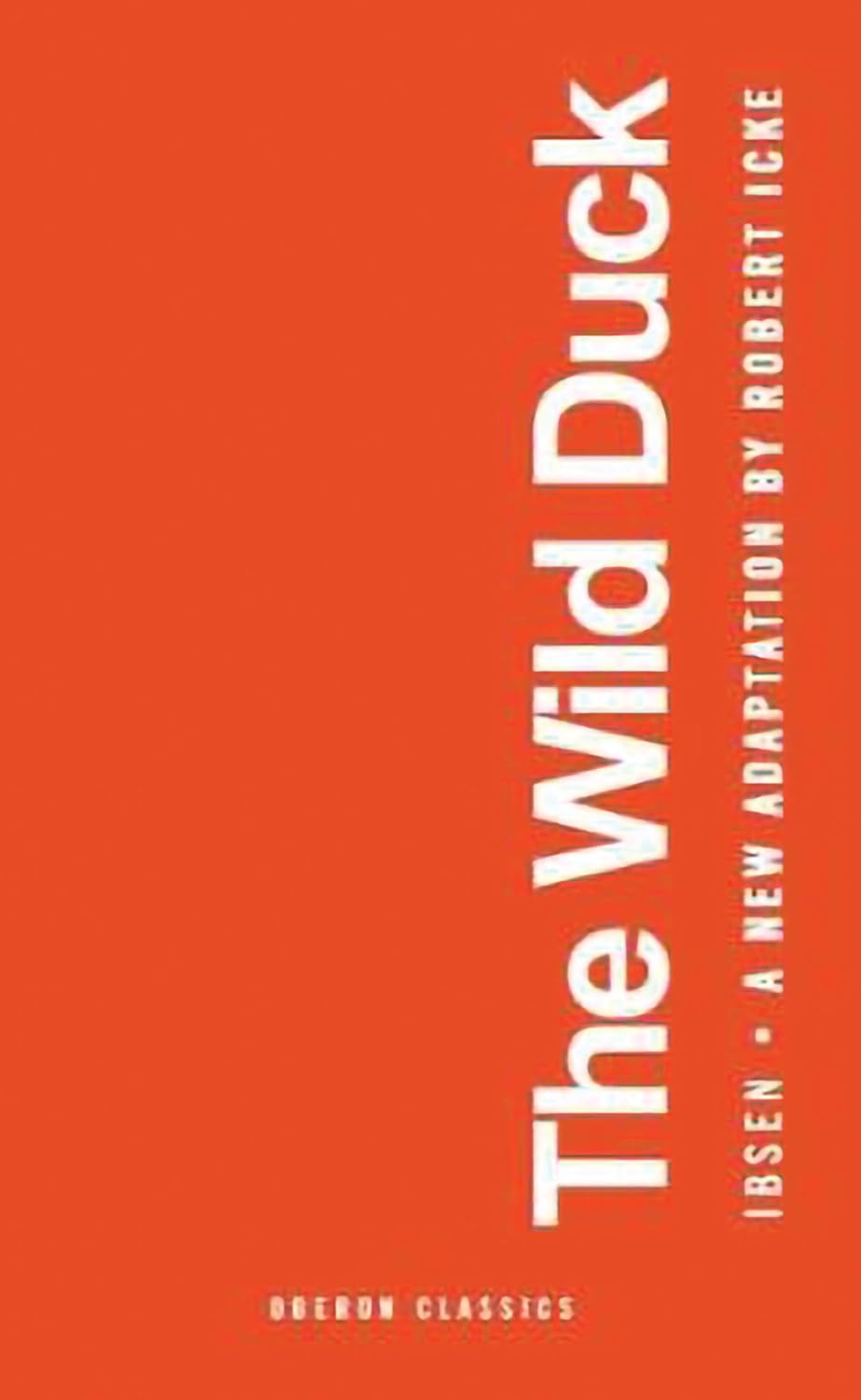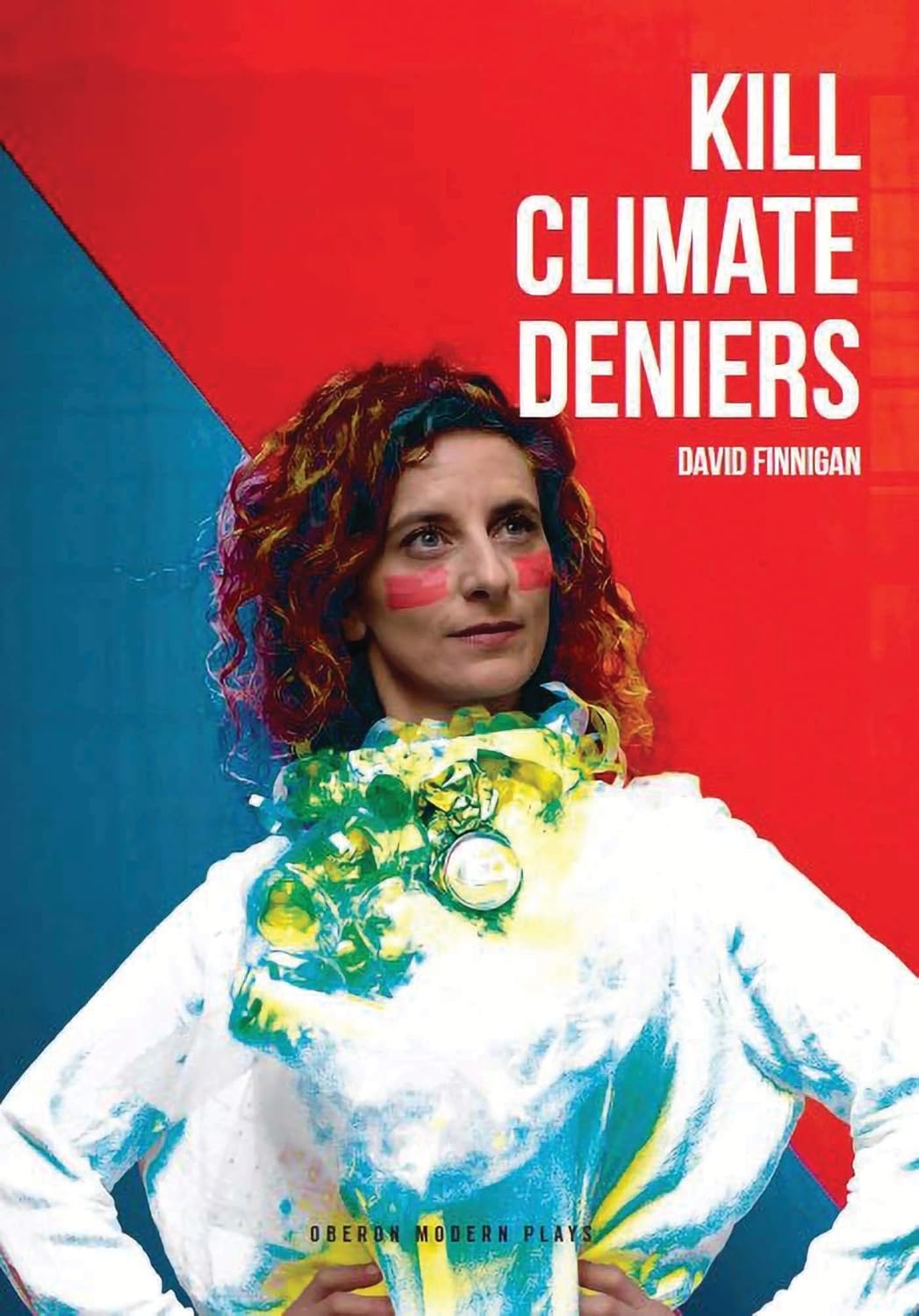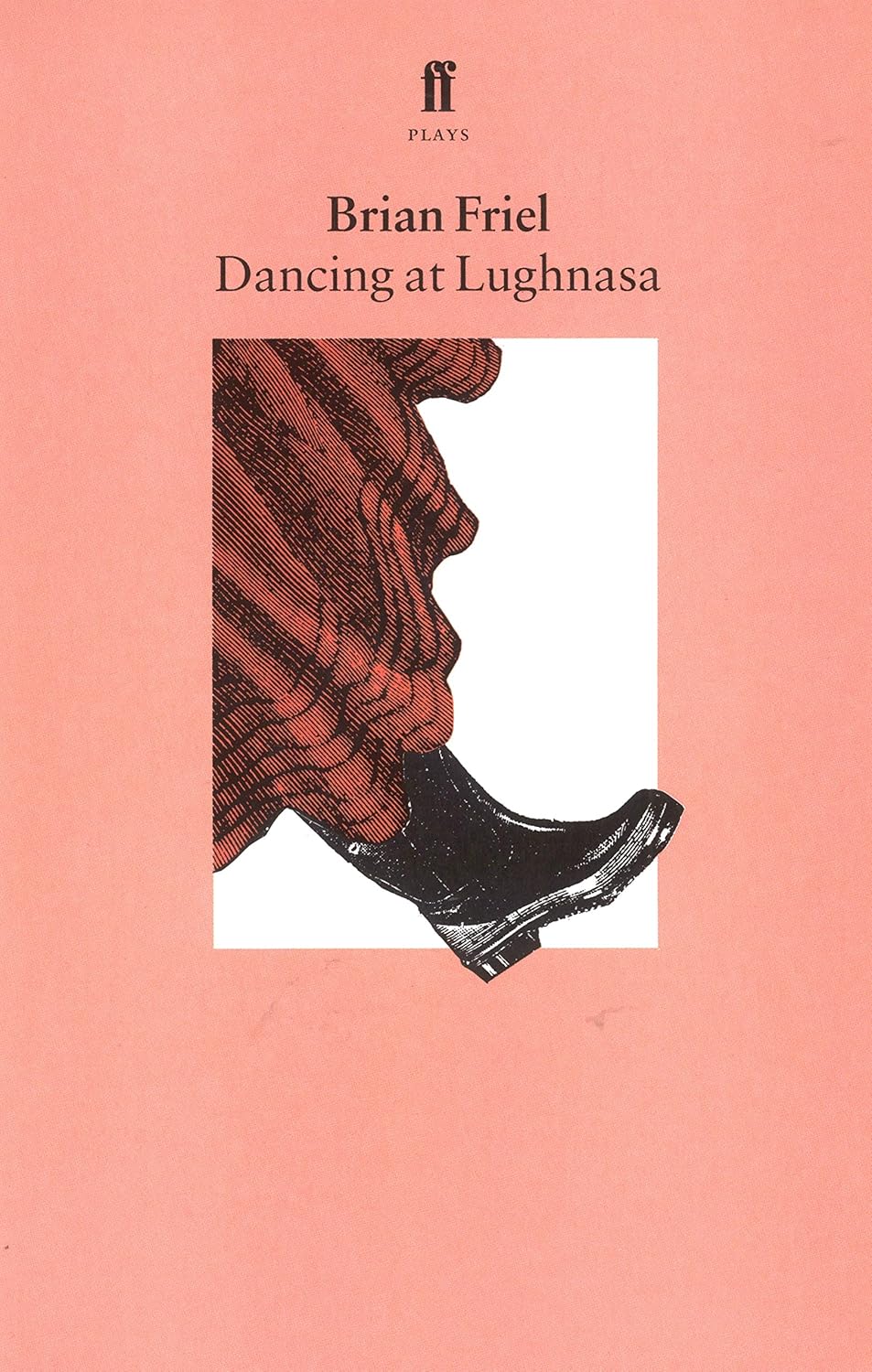When Truth Becomes Poison
What happens when our noblest intentions lead to catastrophe? Henrik Ibsen’s “The Wild Duck” (1884) masterfully explores this question through the story of an idealistic truth-teller who destroys a family by exposing their carefully constructed lies. In an era of “speaking your truth” and radical honesty, this play’s message feels more relevant than ever.
Quick Facts
- First performed: January 9, 1885, at Den Nationale Scene, Bergen, Norway
- Original title: Vildanden
- Runtime: Approximately 2.5 hours
- Structure: Five acts
- Genre: Tragicomedy
- Notable productions: Royal Shakespeare Company (1983), BAM Harvey Theater (2016)
Just want to read the play?
Free version? Try the version on Project Gutenberg: https://www.gutenberg.org/ebooks/73631
Historical Context
Written during Ibsen’s mature period, “The Wild Duck” marked a significant shift in the playwright’s approach. After years of social problem plays like “A Doll’s House” and “Ghosts,” Ibsen turned inward, creating a more nuanced exploration of human psychology. The 1880s saw Norway in the midst of modernization, with traditional values clashing against new social ideals – a tension that pulses through the play’s veins.
Plot Overview
The story centers on the Ekdal family: Hjalmar, a photographer who lives in self-deception about his importance; his wife Gina, who harbors secrets about her past; and their daughter Hedvig, a sensitive 14-year-old with failing eyesight. Their precarious happiness is shattered by the arrival of Gregers Werle, an idealist who believes absolute truth must prevail at any cost.
In their attic, the family keeps a wounded wild duck, rescued after being shot by Gregers’ father. This duck becomes the play’s central symbol – a creature that has adapted to captivity, much like the Ekdals have adapted to living with their illusions.
Themes & Analysis
The Danger of Idealism
Gregers Werle embodies the destructive potential of unbending moral absolutism. His insistence on truth-telling becomes a form of cruelty, demonstrating how ethical rigidity can be more harmful than the compromises we make to survive. As Dr. Relling, the play’s voice of pragmatic wisdom, states: “Rob the average man of his life-illusion, and you rob him of his happiness at the same stroke.”
Life-Sustaining Lies
Unlike Ibsen’s earlier works, which championed truth at all costs, “The Wild Duck” suggests that some illusions are necessary for human happiness. Hjalmar’s grandiose self-image, though false, gives him the dignity needed to function. The play asks: Is living authentically always better than living contentedly?
Symbolism of the Wild Duck
The wounded duck represents both the Ekdal family’s adaptability and their wounded nature. Like the duck, they’ve made peace with their confined existence, finding dignity in captivity. The symbol works on multiple levels, representing different things to different characters – another masterful example of Ibsen’s layered writing.
Revolutionary Elements
“The Wild Duck” broke new ground in several ways:
- Its complex symbolism prefigured modernist theater
- It questioned the moral certainties of Ibsen’s earlier works
- It blended tragedy and comedy in a revolutionary way
- Its psychological realism influenced generations of playwrights
Cultural Impact
The play’s influence extends far beyond theater. Its questioning of absolute truth and exploration of necessary illusions influenced philosophers like Friedrich Nietzsche and psychologists like Donald Winnicott, who developed the concept of “good-enough” parenting. Modern writers from Arthur Miller to Sarah Ruhl have acknowledged its impact on their work.
Staging & Performance
The play presents unique challenges for directors and actors:
- Balancing tragic and comic elements
- Portraying the symbolic attic space
- Managing the complex subtext beneath seemingly mundane dialogue
- Deciding how literally to represent the duck
Reading Guide
Best Translations
- Michael Meyer’s translation captures the play’s humor
- Rolf Fjelde provides excellent scholarly notes
- James McFarlane’s version is praised for its accuracy
Reading Tips
- Pay attention to the subtle power dynamics between characters
- Notice how information is revealed gradually
- Watch how the symbolic meaning of the duck evolves
- Track the parallel between the attic and the characters’ mental spaces
Contemporary Relevance
In our era of “cancel culture” and social media call-outs, the play’s questioning of truth-telling’s value feels startlingly modern. It asks us to consider:
- When does exposure of truth become moral violence?
- How do we balance authenticity with human frailty?
- What role do personal myths play in our mental health?
- Is happiness more important than truth?
Discussion Questions
- Is Gregers Werle a villain or a tragic hero?
- What role does class play in the characters’ self-deception?
- How does Hedvig’s near-blindness function symbolically?
- Are Dr. Relling’s “life-lies” theory justified by the play’s events?
Fun Facts & Trivia
- Ibsen based the character of Hedvig on his sister, who died young
- The play was initially poorly received but later recognized as one of Ibsen’s masterpieces
- The wild duck scenes have been staged in various innovative ways, from pure symbolism to using real birds
- The attic set design has inspired numerous architectural studies
Why This Play Endures
“The Wild Duck” remains powerful because it challenges our assumptions about truth and happiness. Its nuanced exploration of human nature resists easy moral judgments, making it perpetually relevant. In a world increasingly divided between absolute positions, its message about the complexity of human truth feels more necessary than ever.
Additional Resources
- “Henrik Ibsen: The Master Playwright” by Michael Meyer
- “A Commentary on The Wild Duck” by Brian Johnston
- The National Theatre’s 2014 production (available on Digital Theatre+)
- BBC Radio 3’s 2018 adaptation
In a world obsessed with authenticity and truth-telling, “The Wild Duck” reminds us that human nature requires both truth and illusion. Its message isn’t that we should live in lies, but that truth without compassion can become its own form of cruelty. Perhaps that’s why, over 130 years after its premiere, this play continues to provoke and illuminate.








Leave a Reply